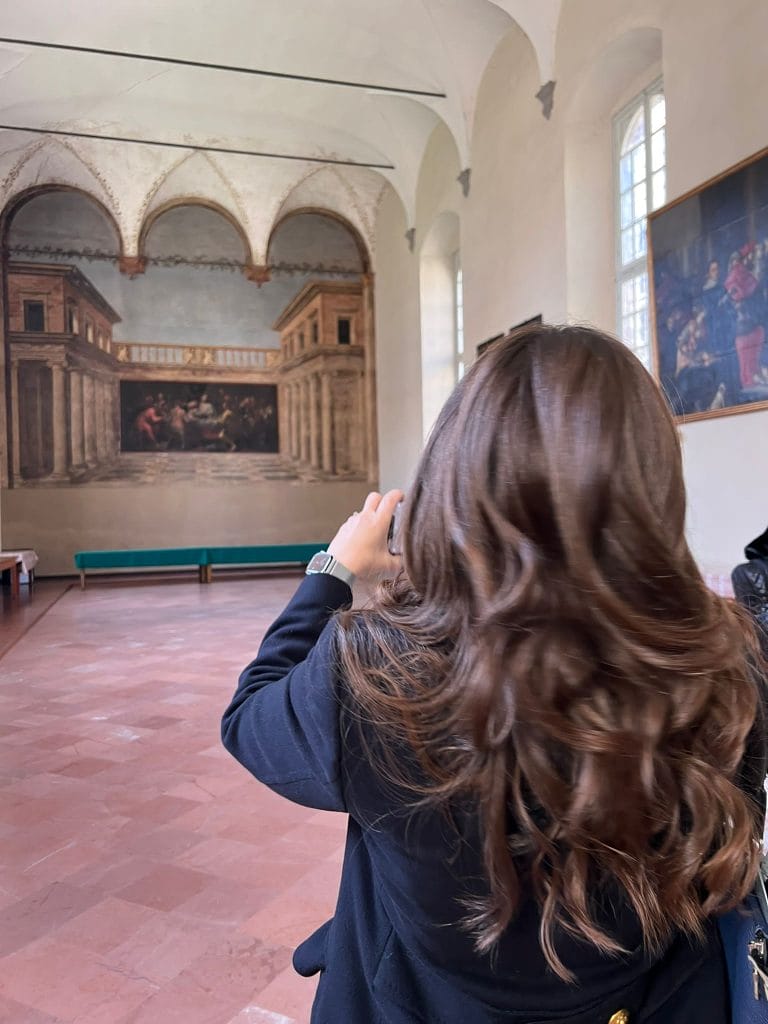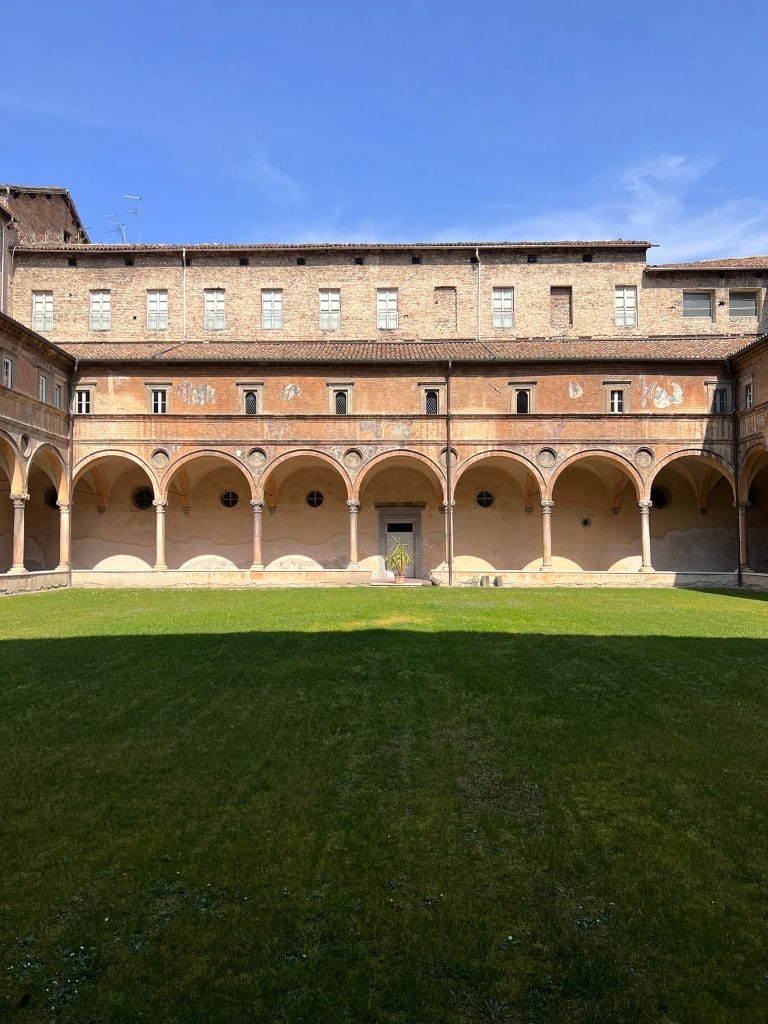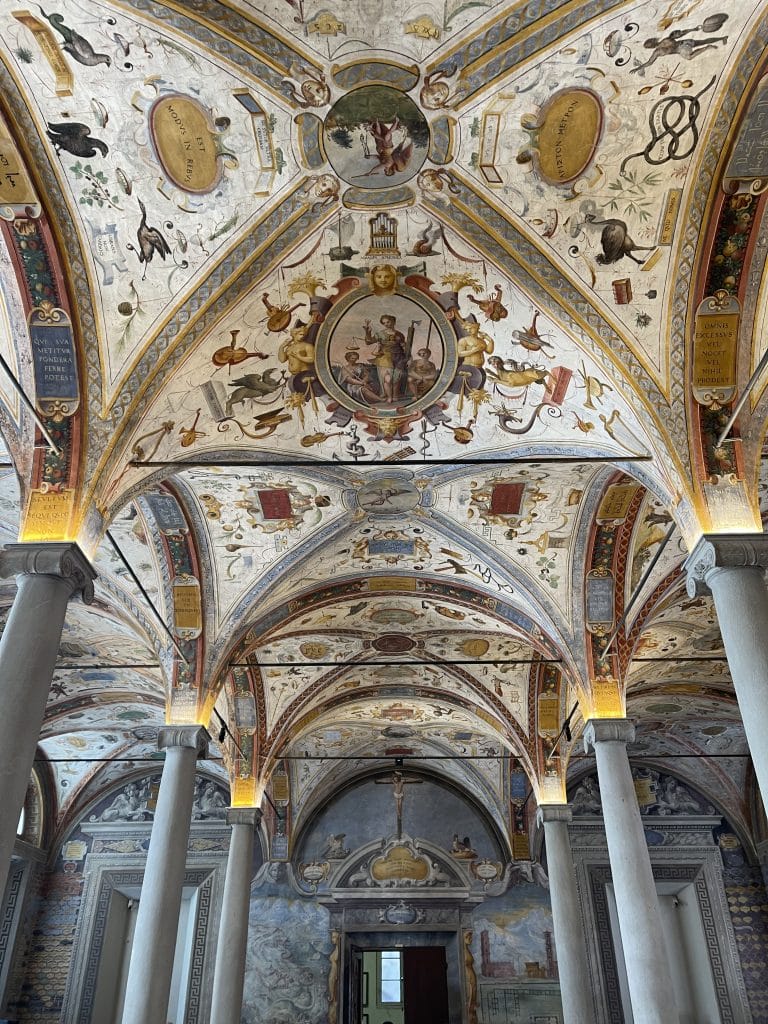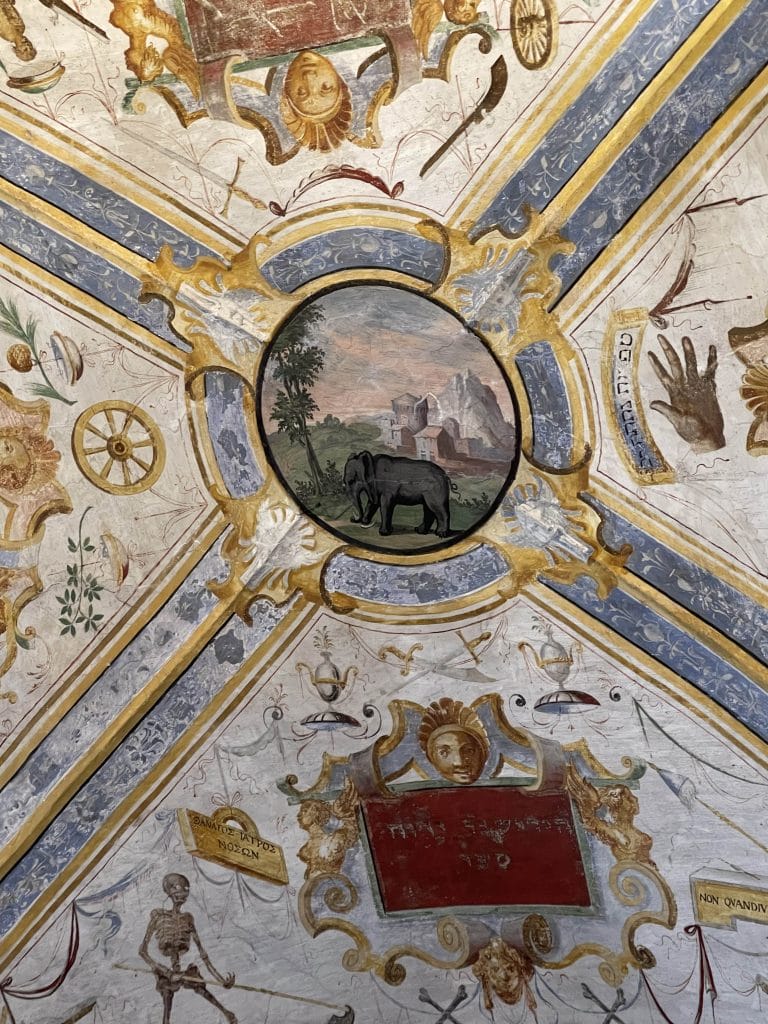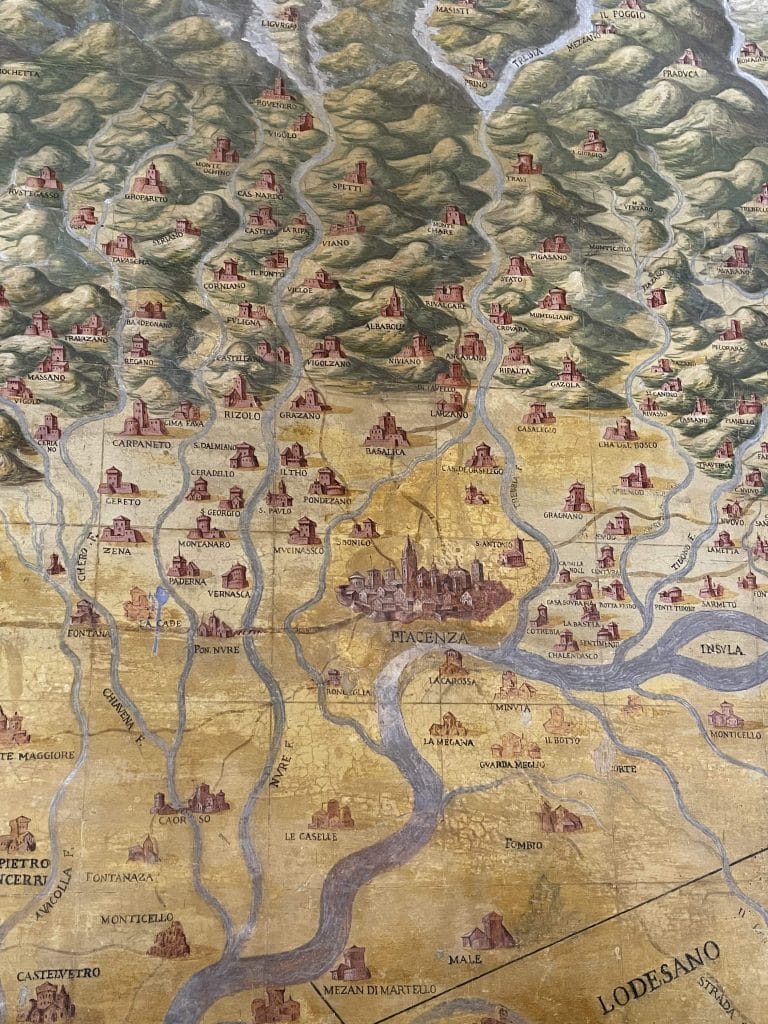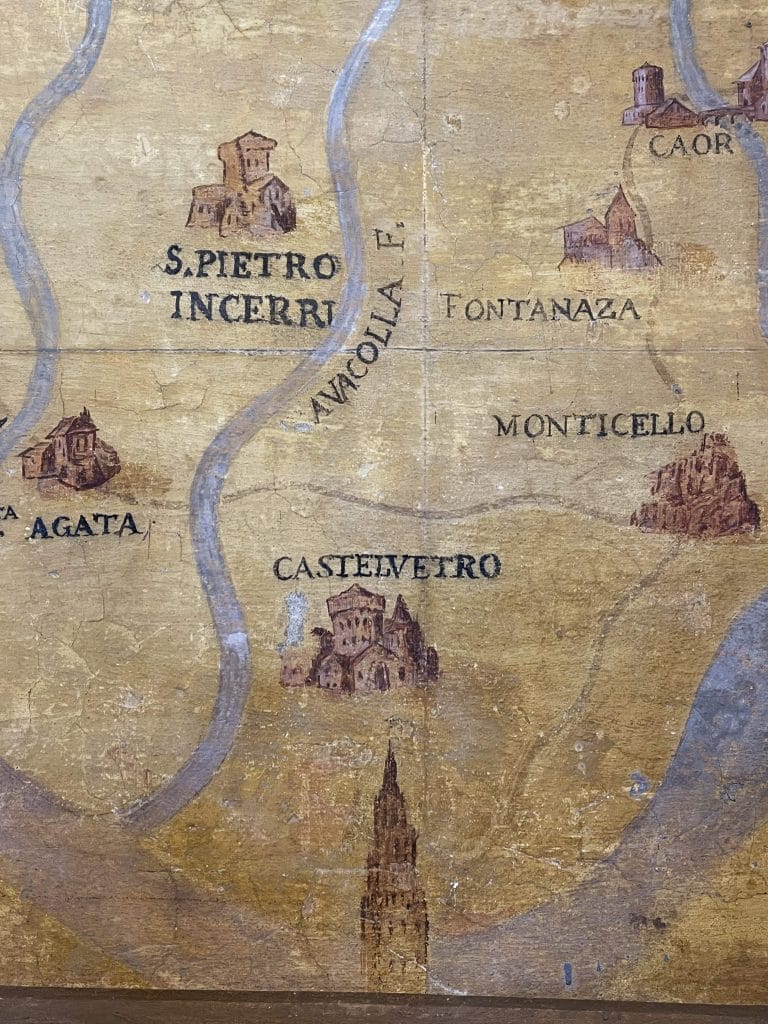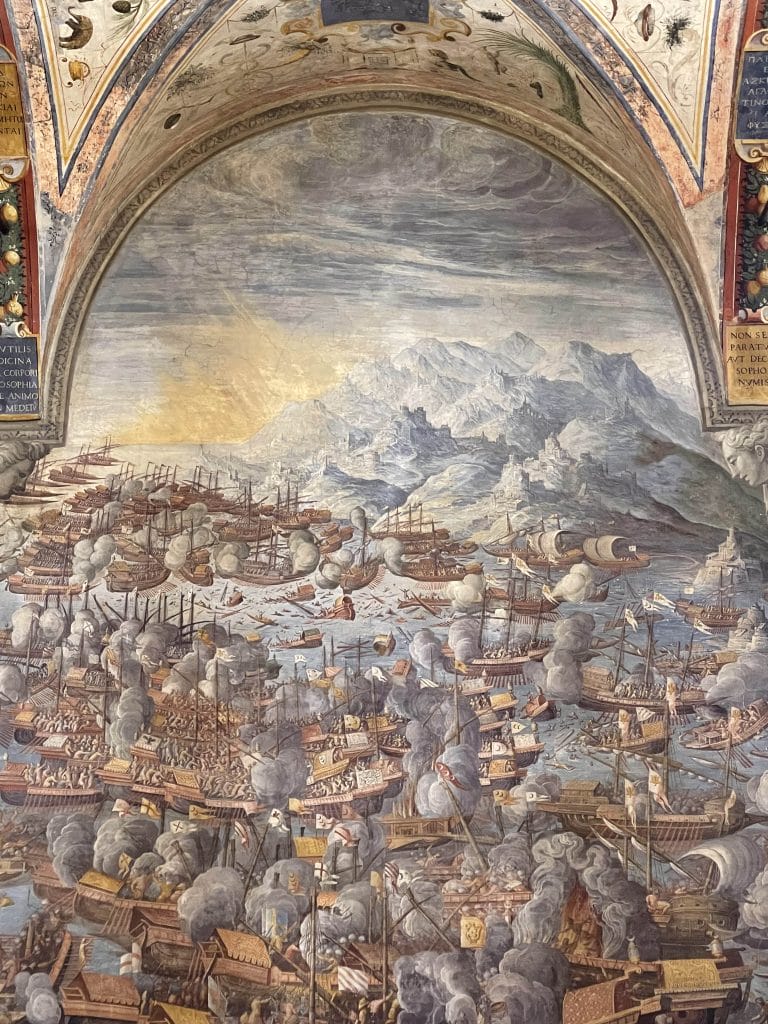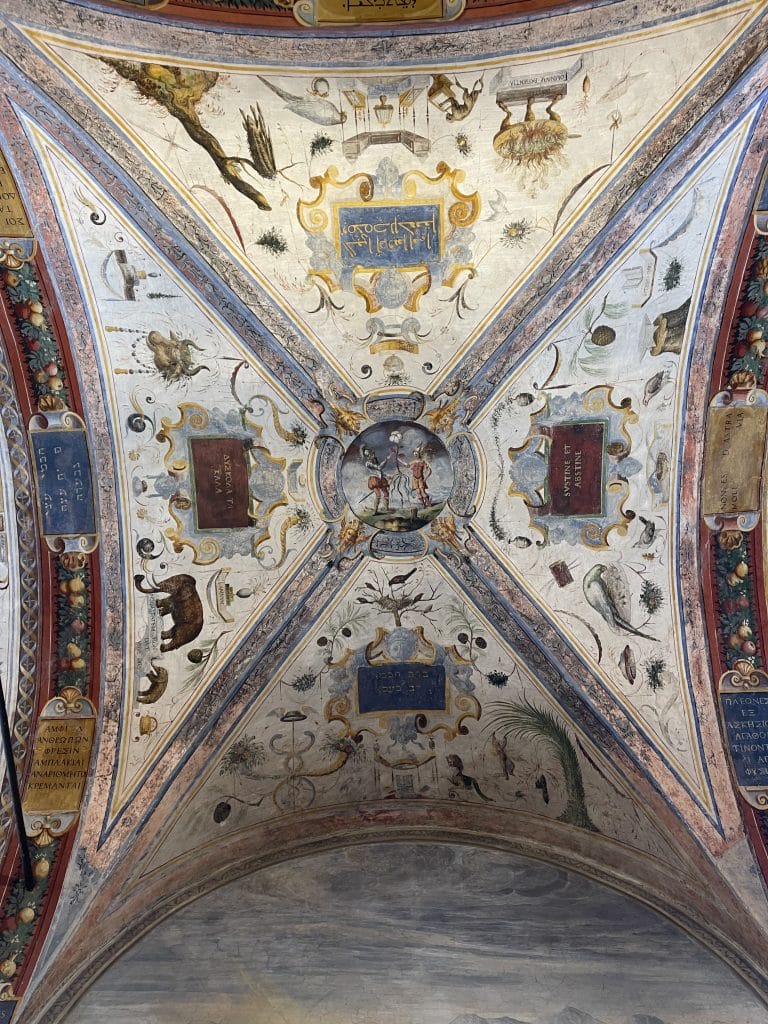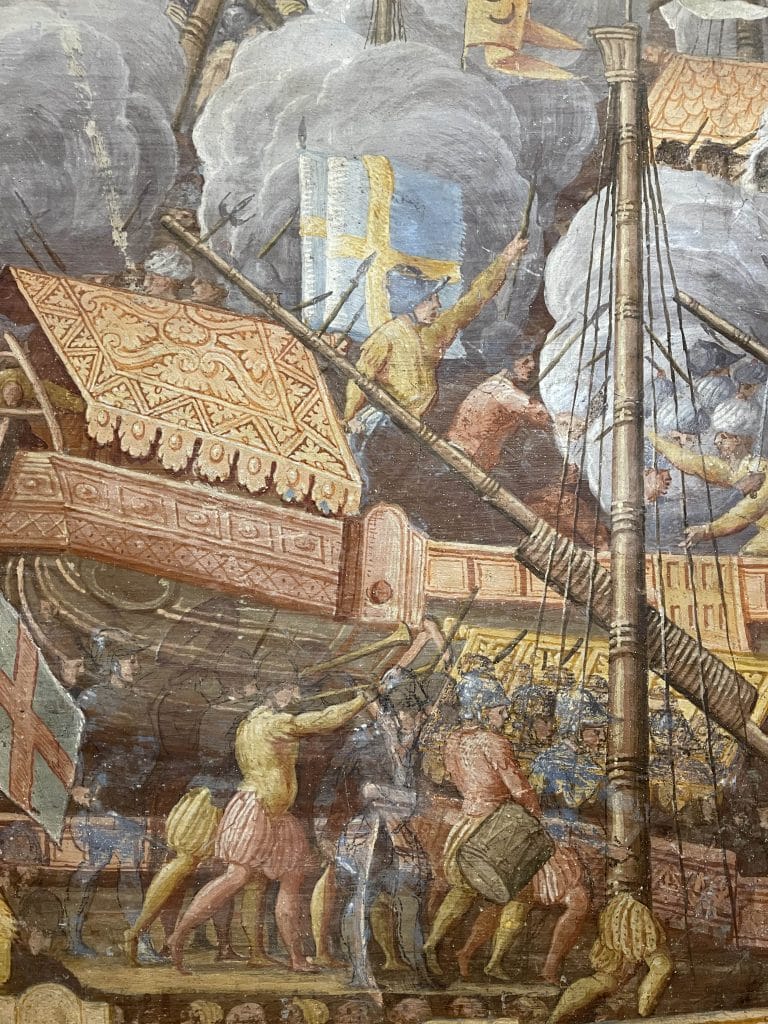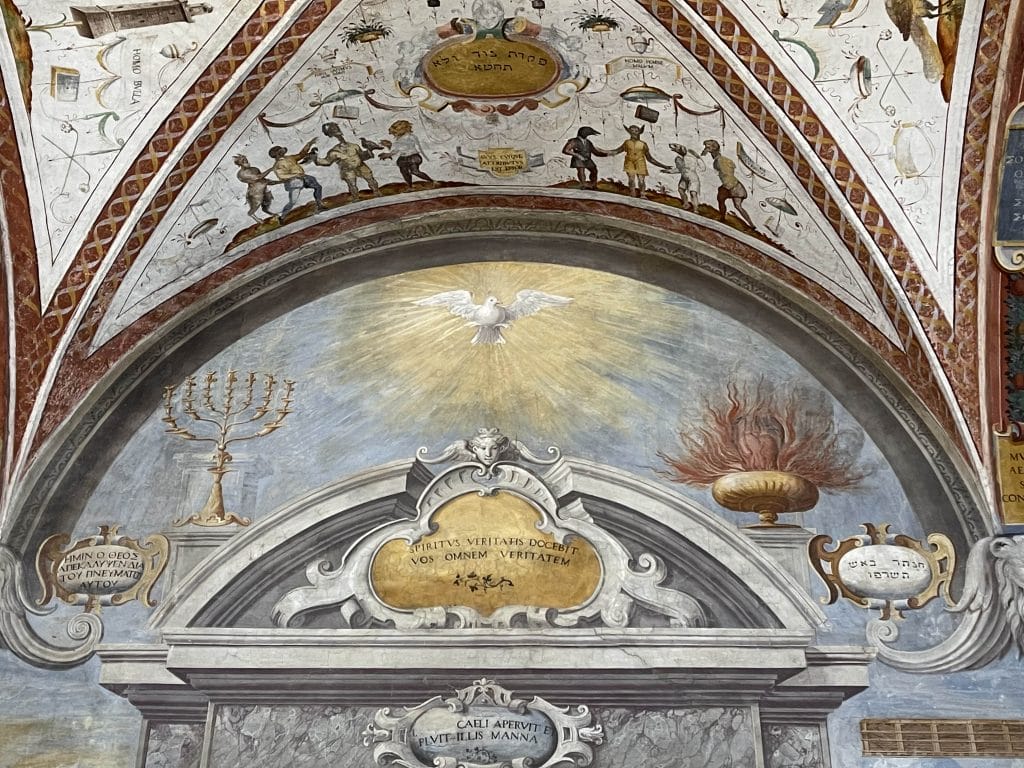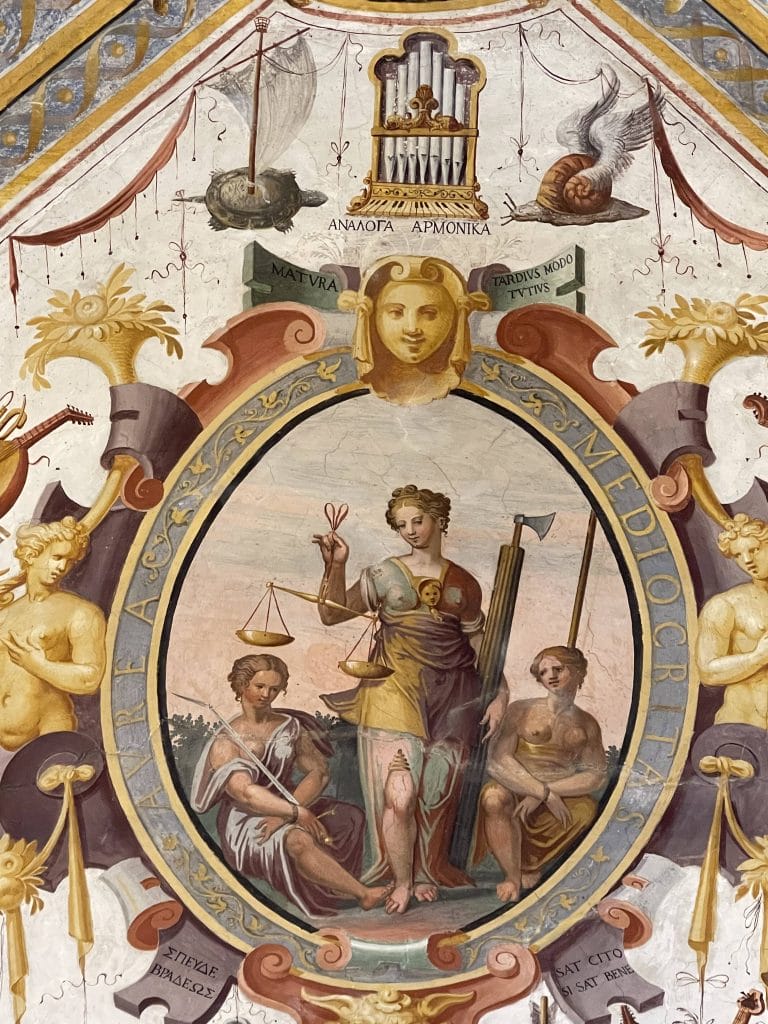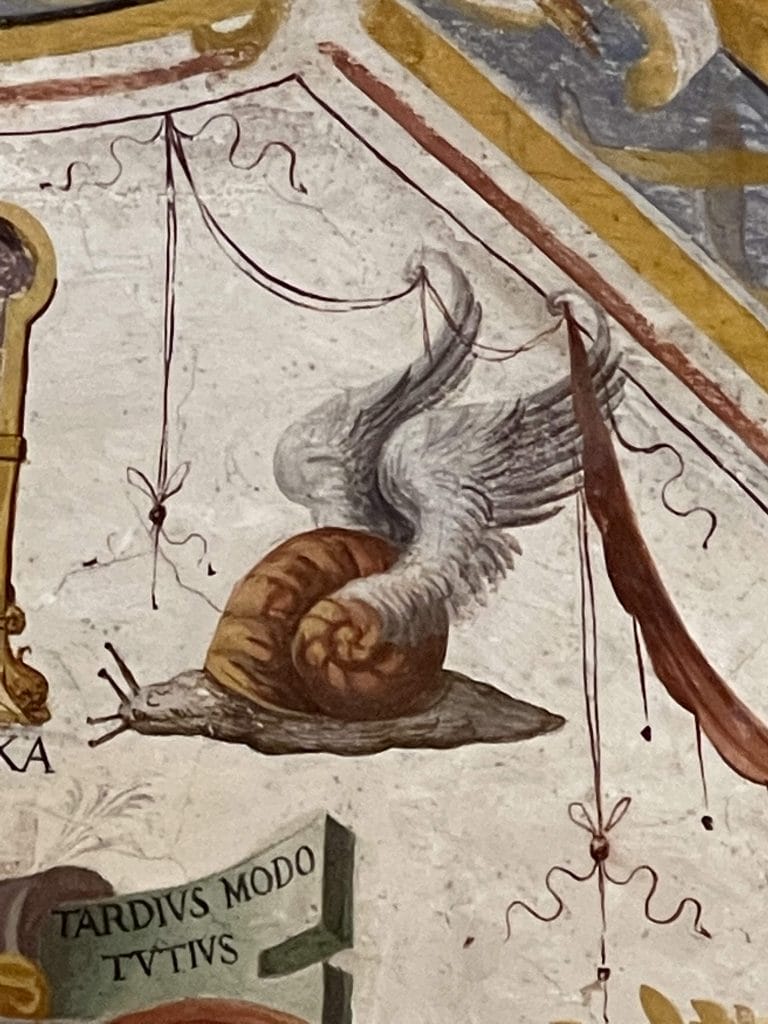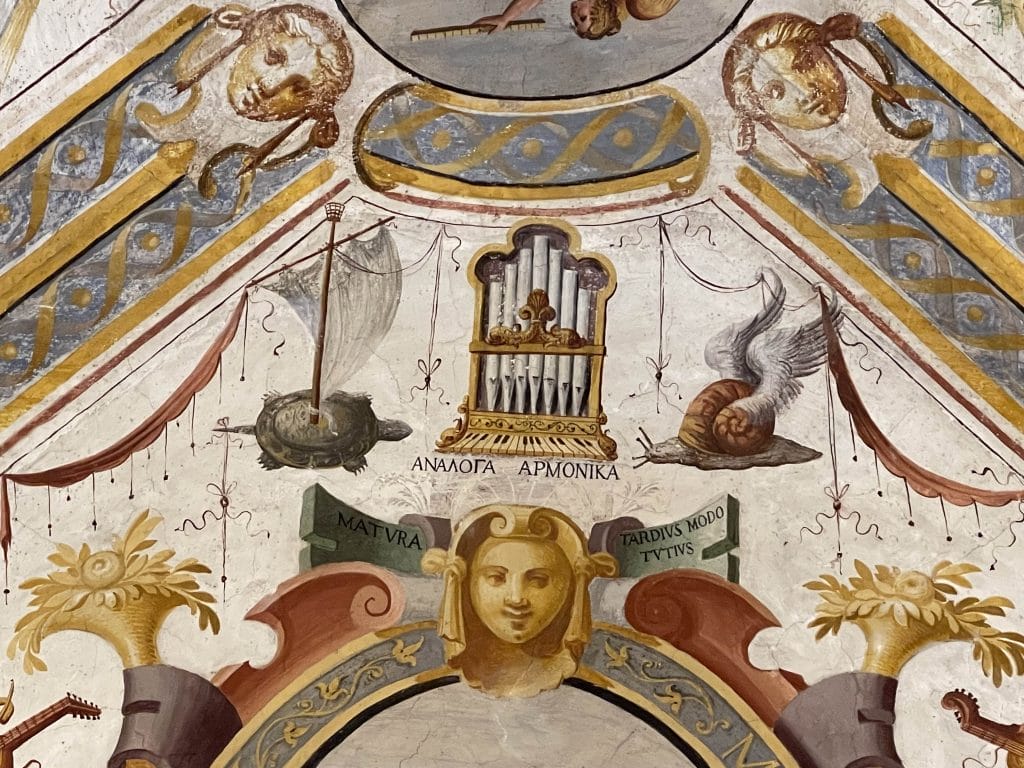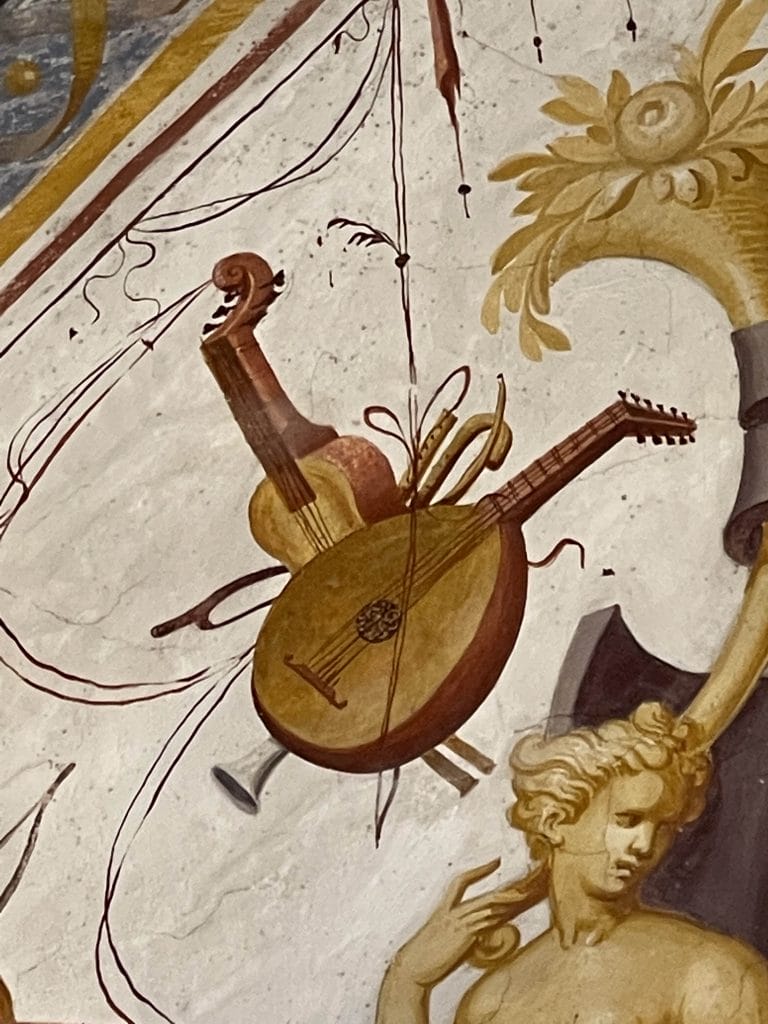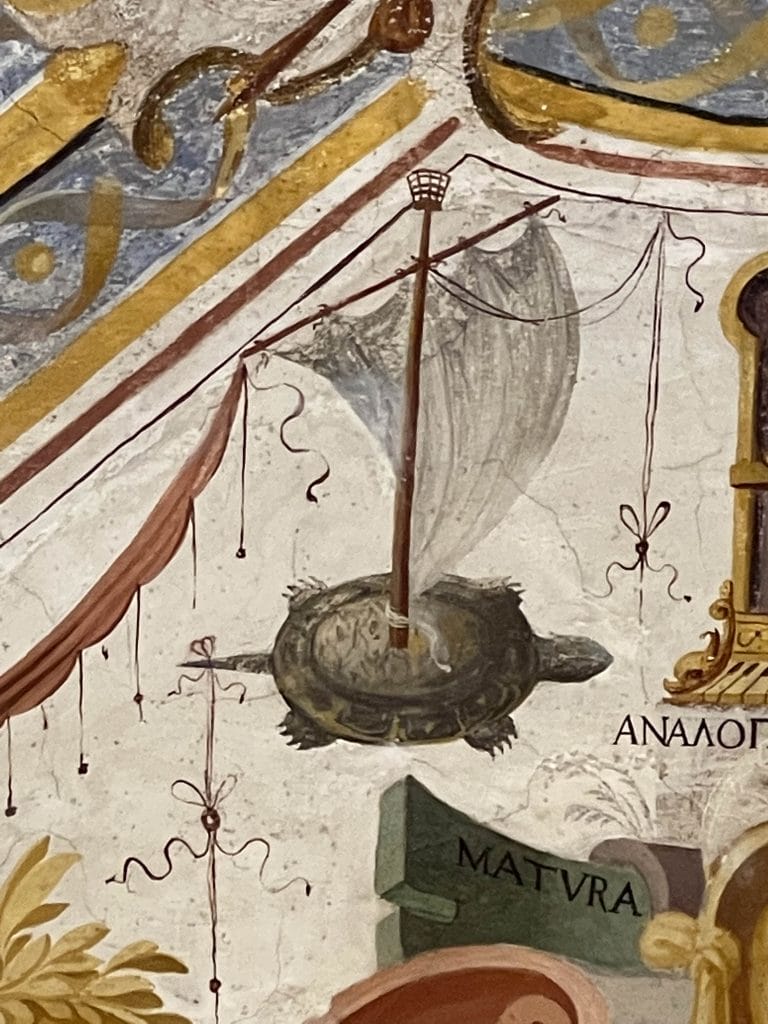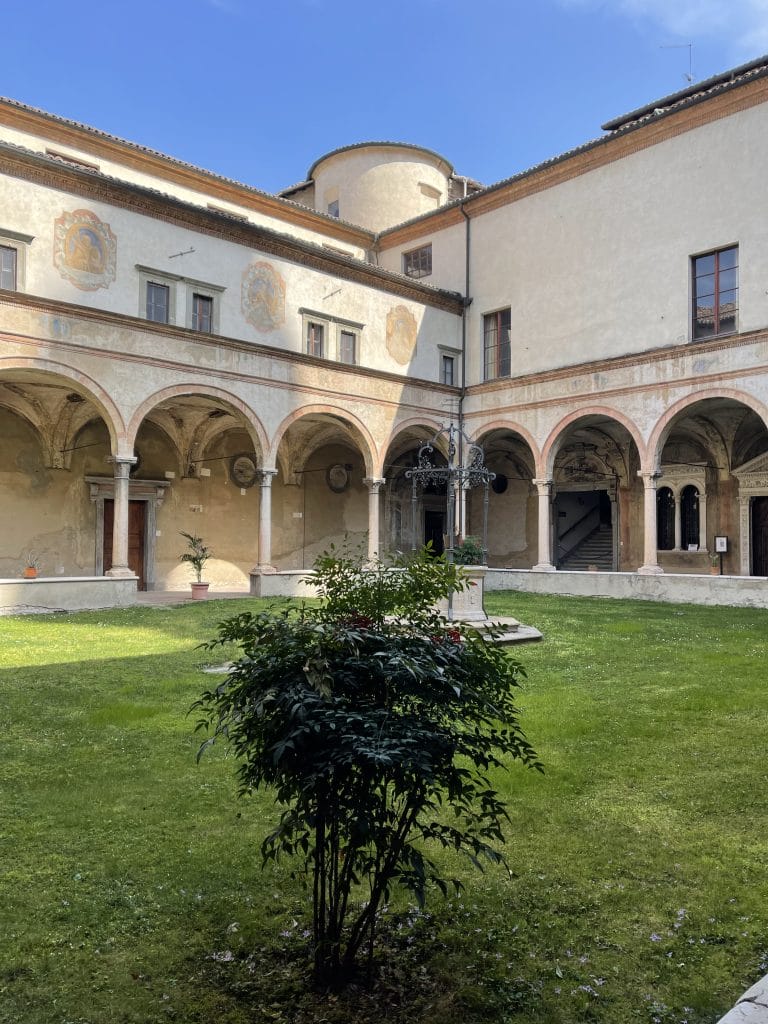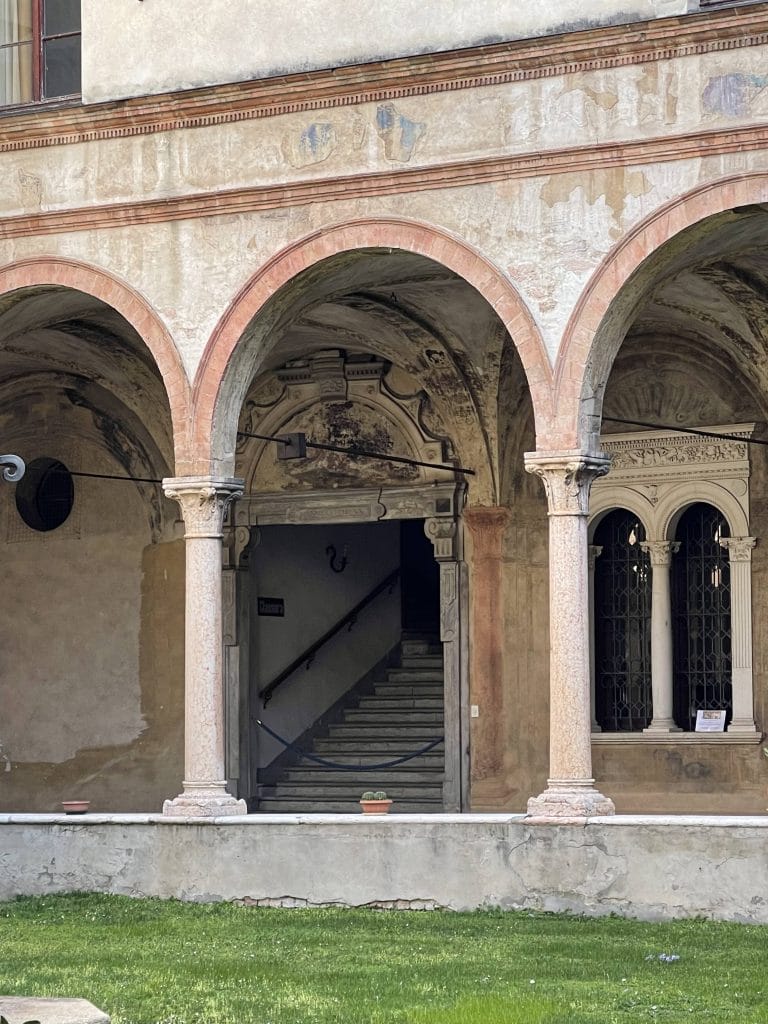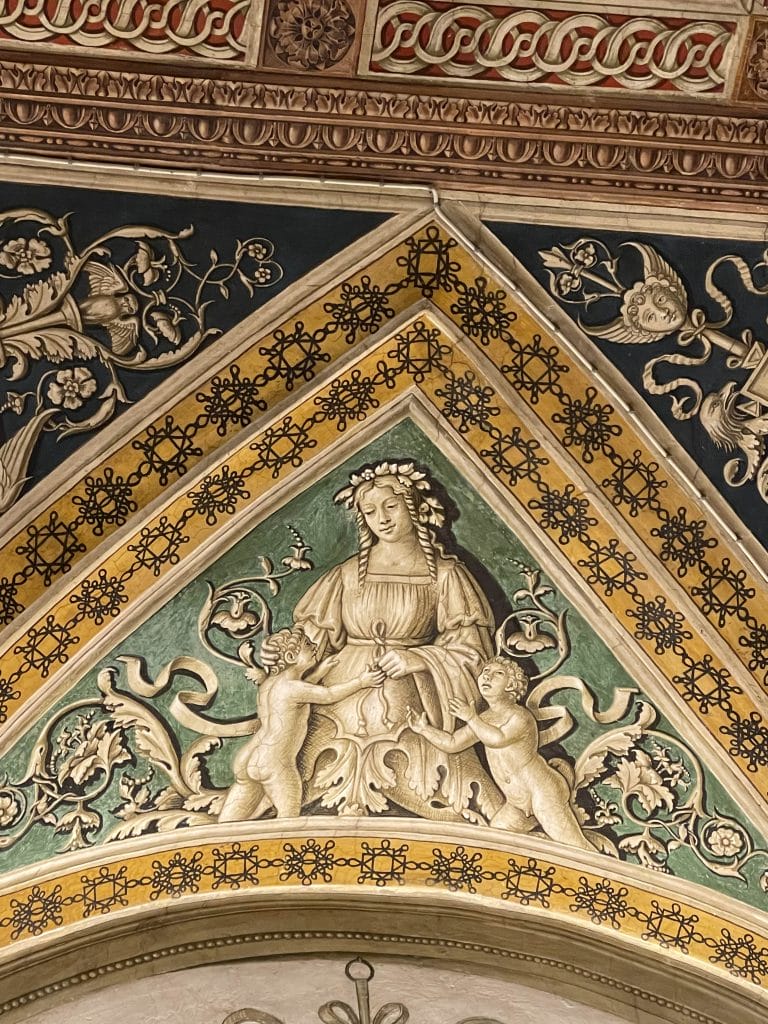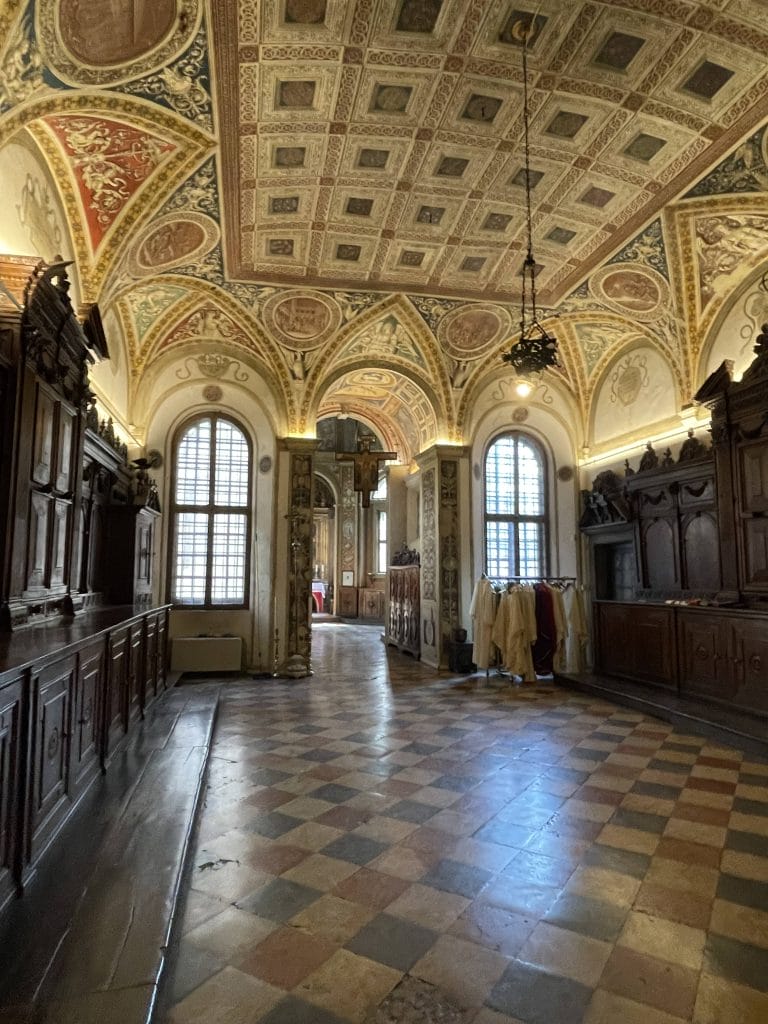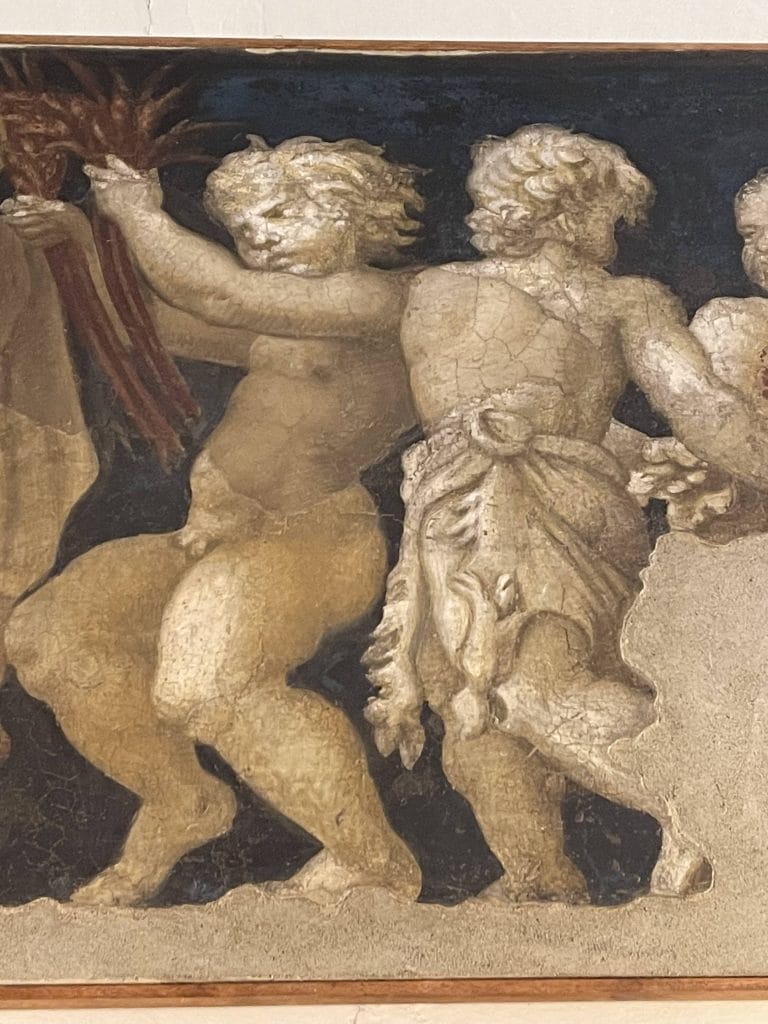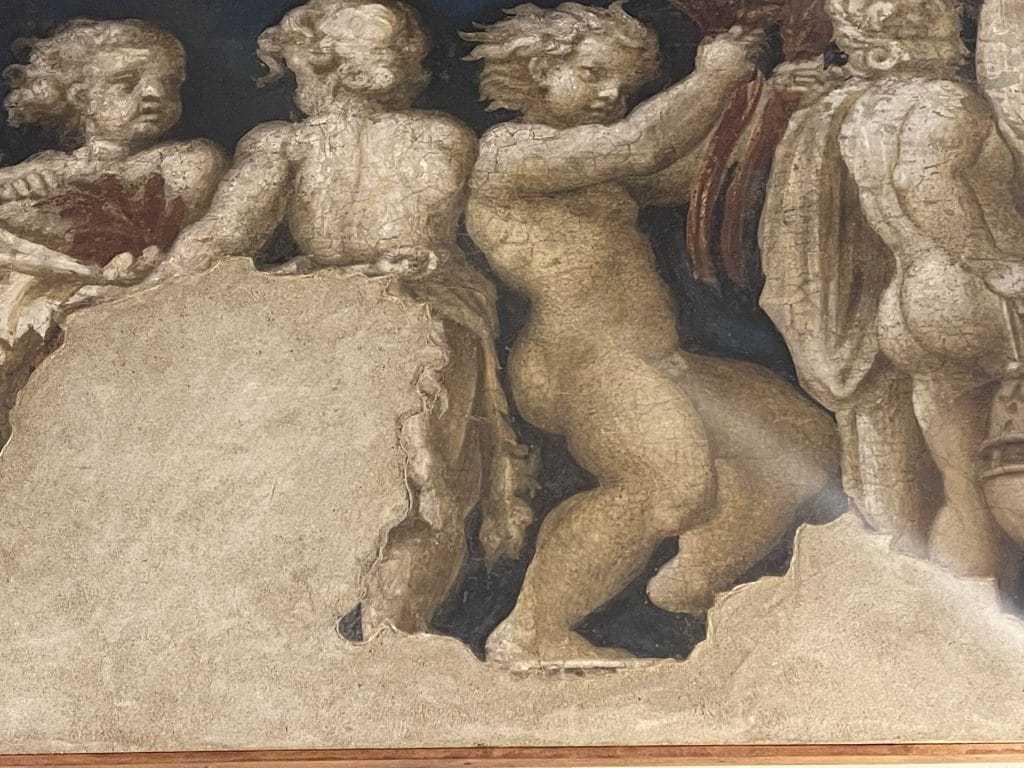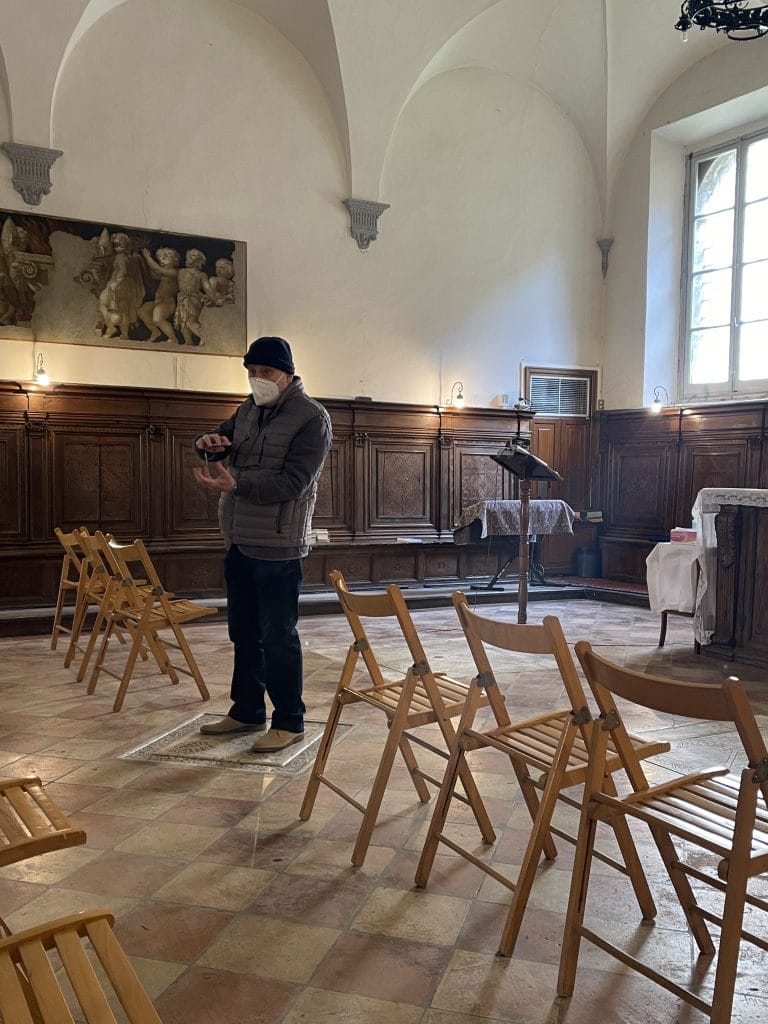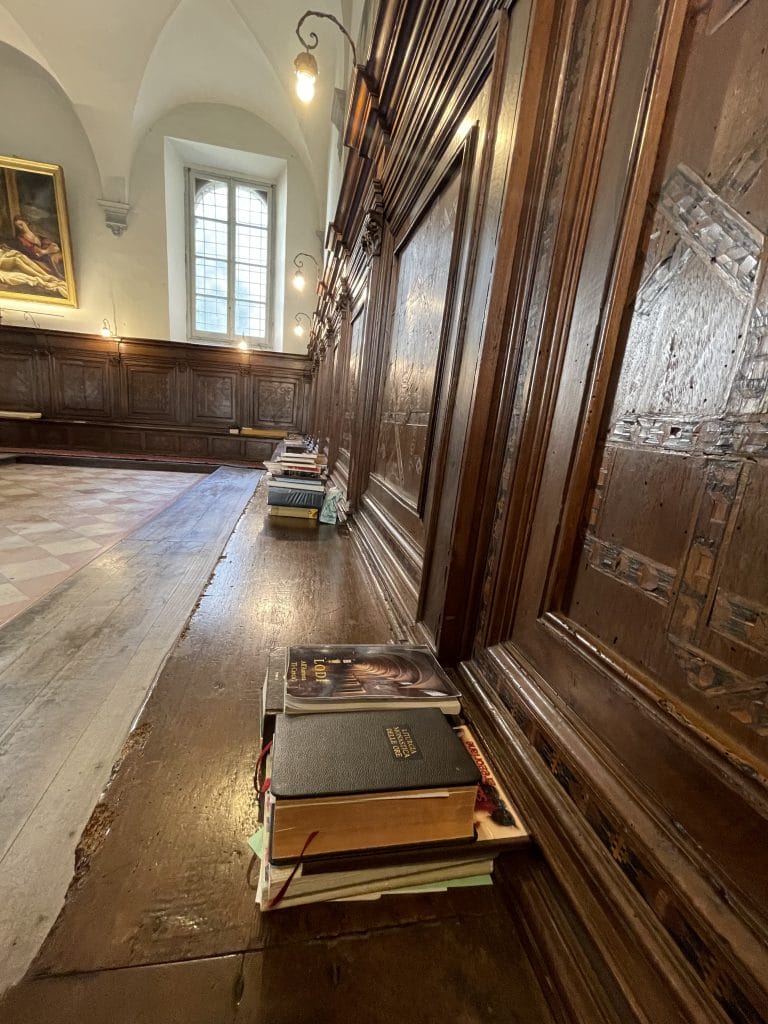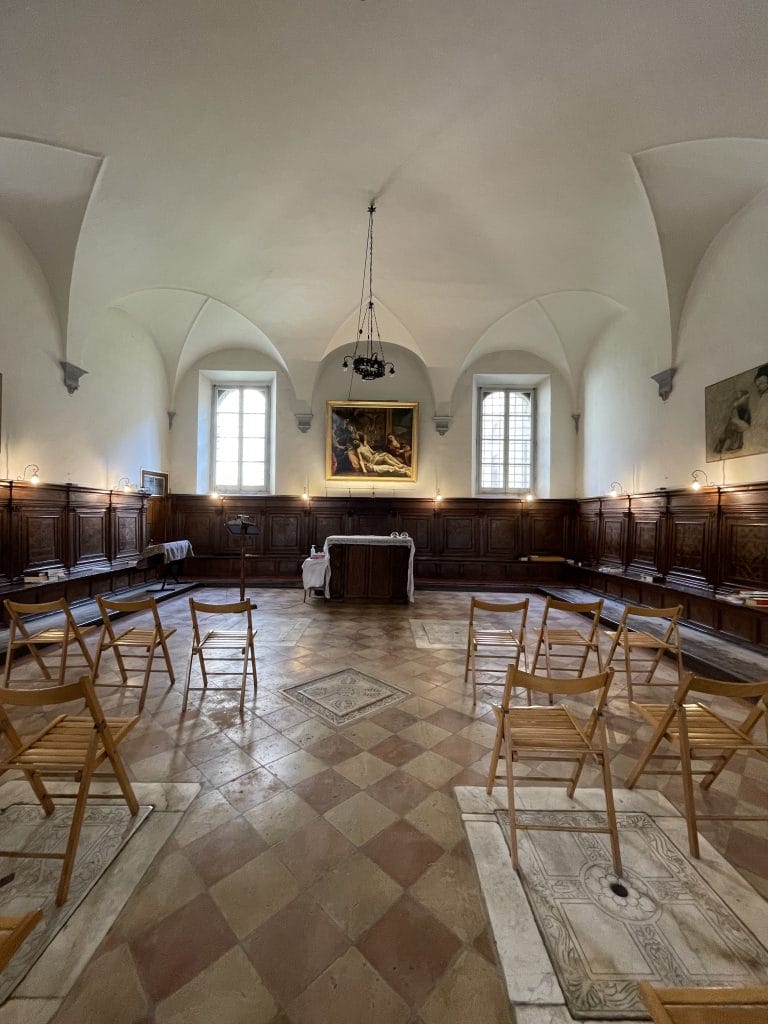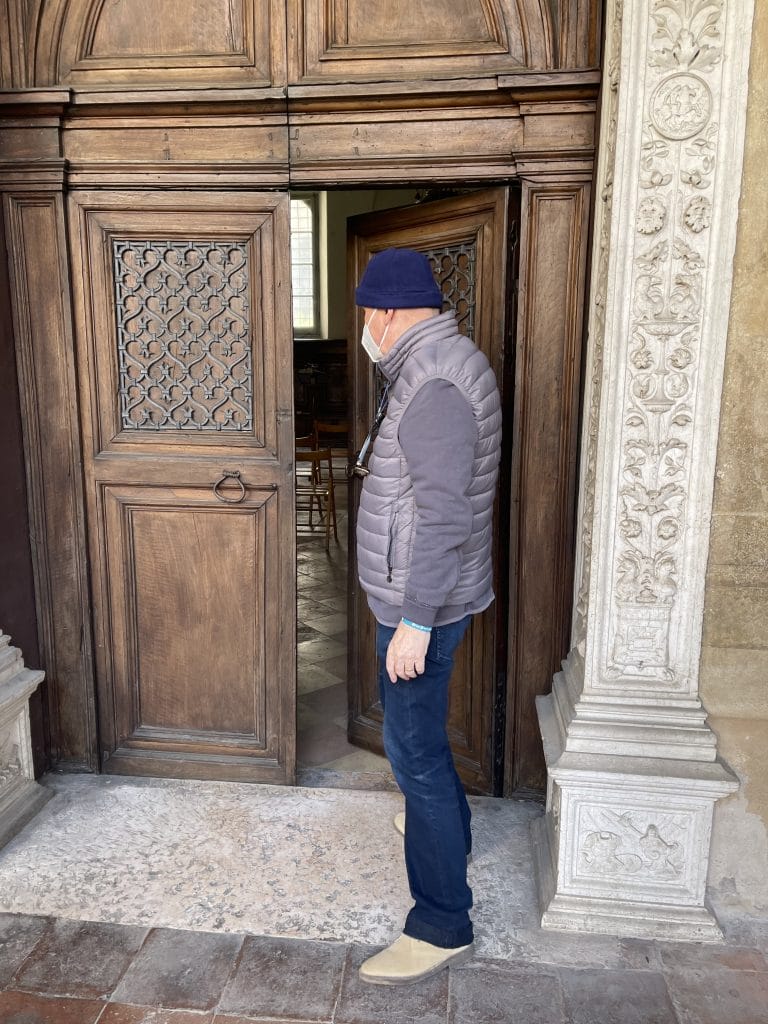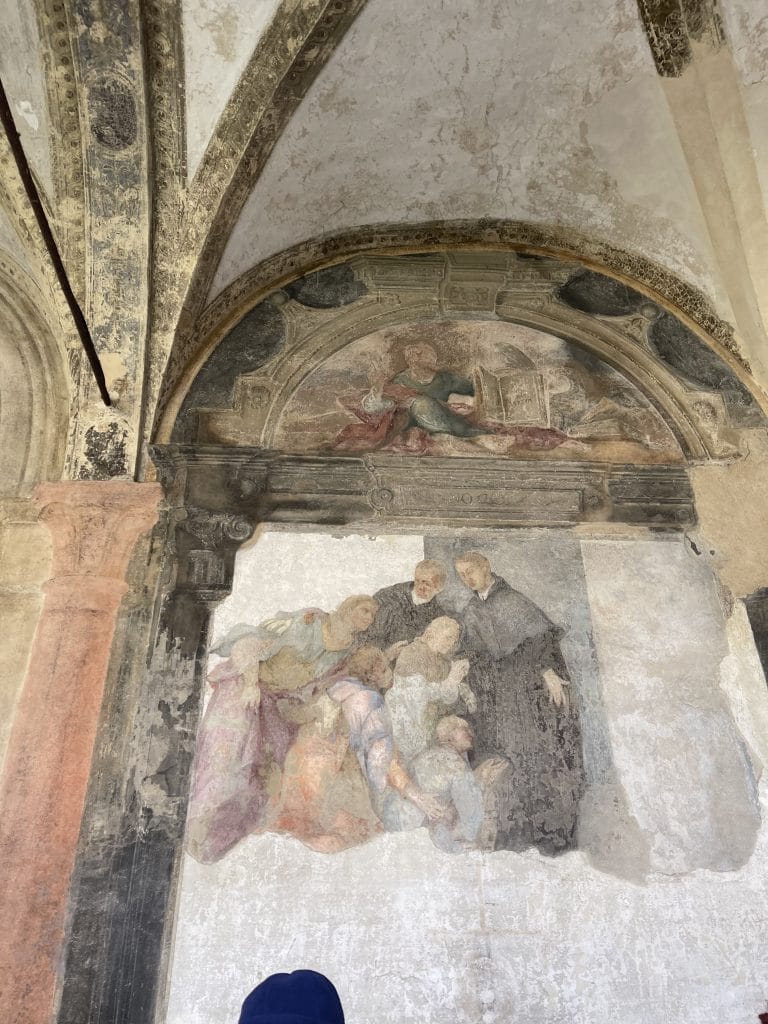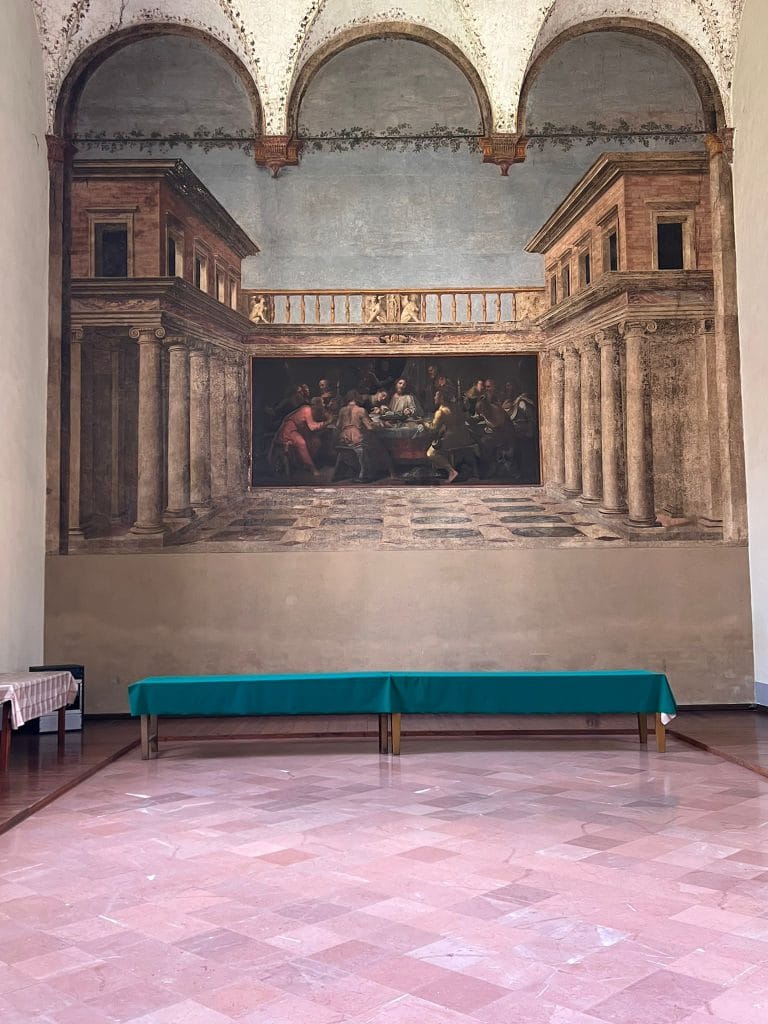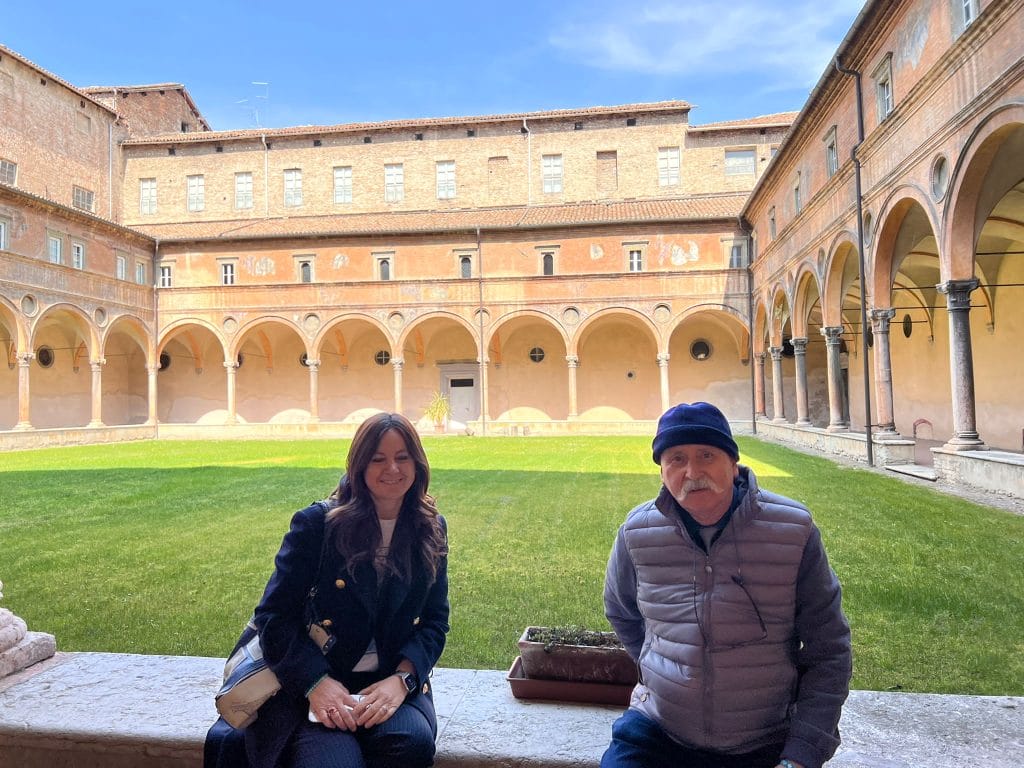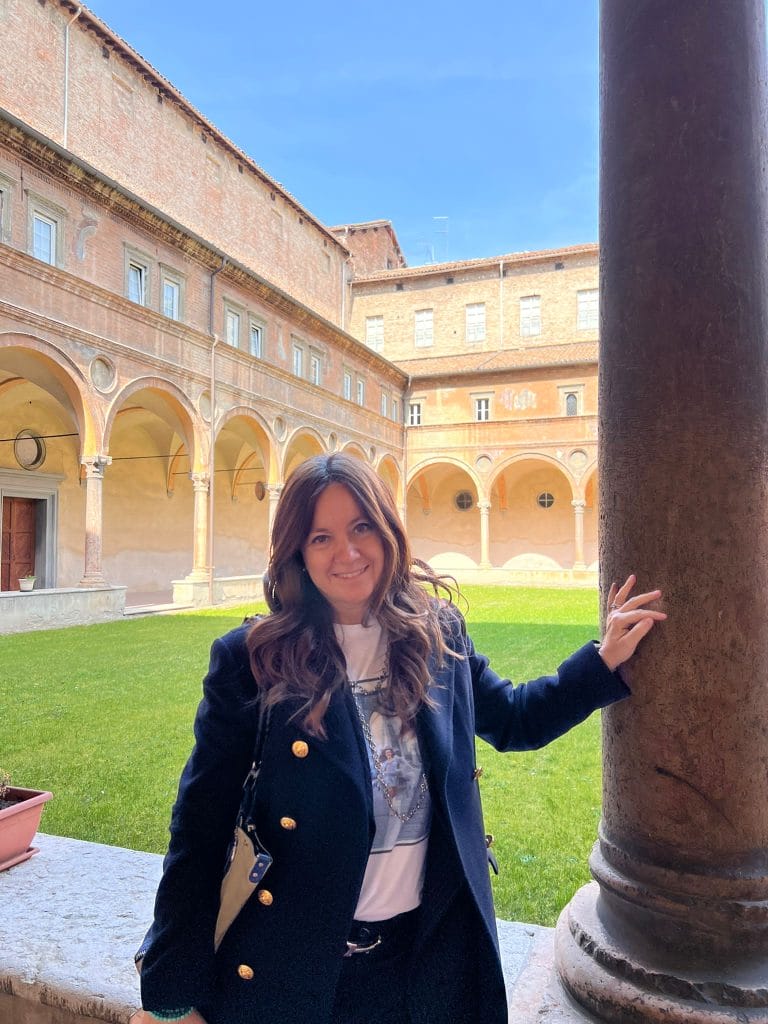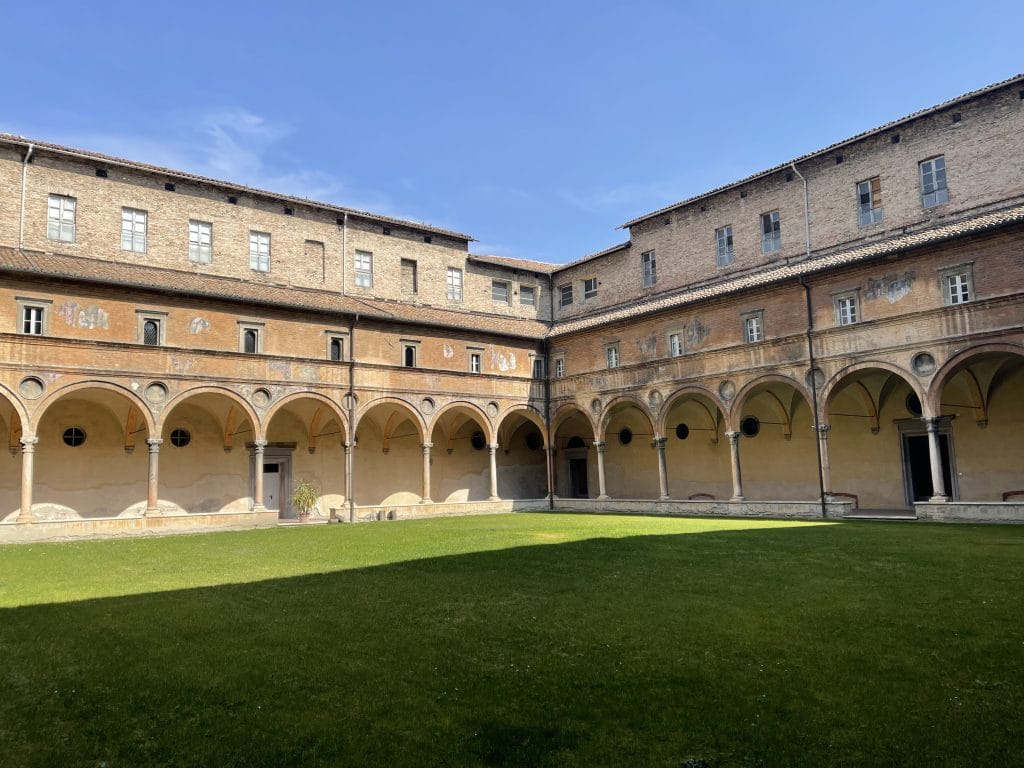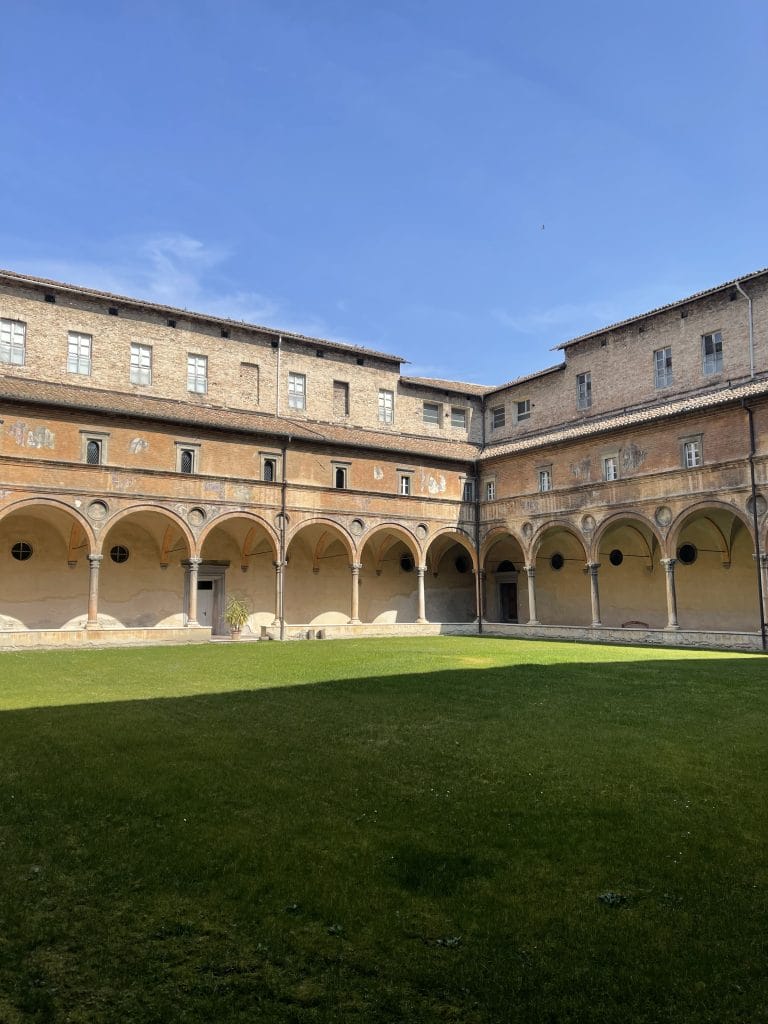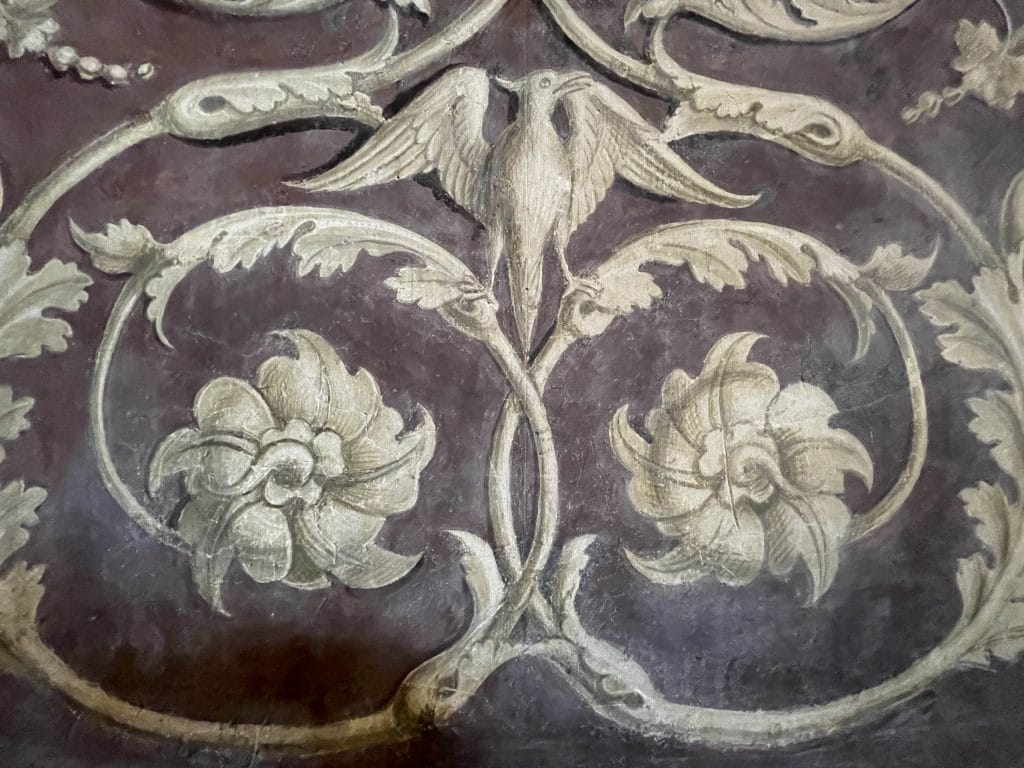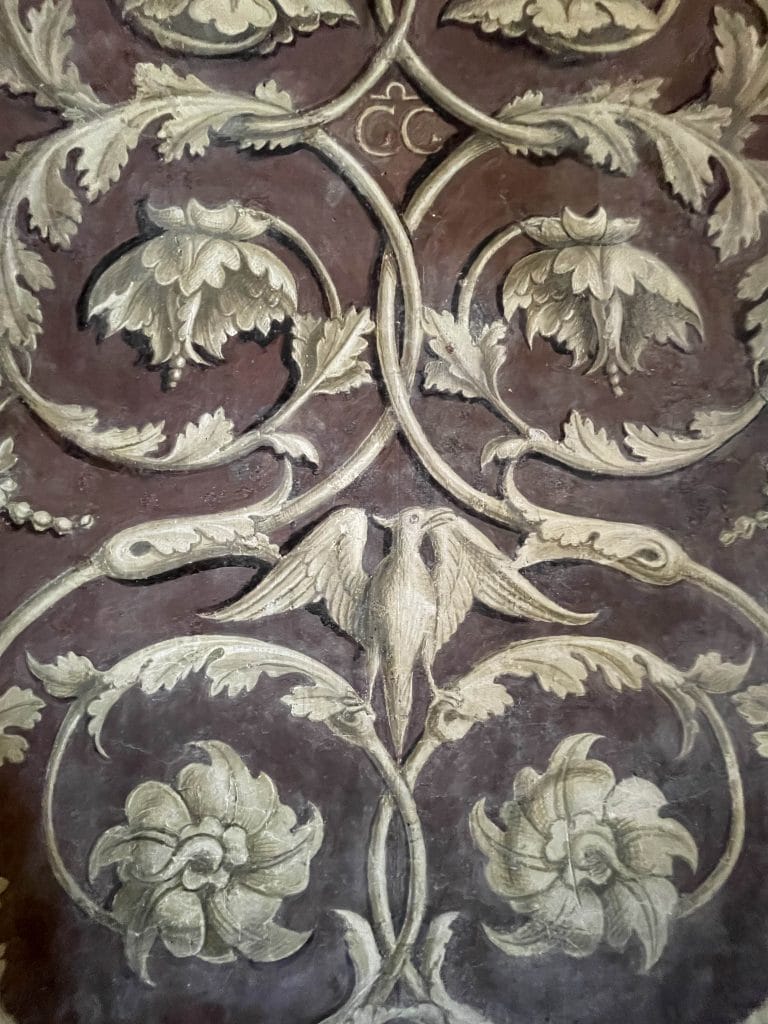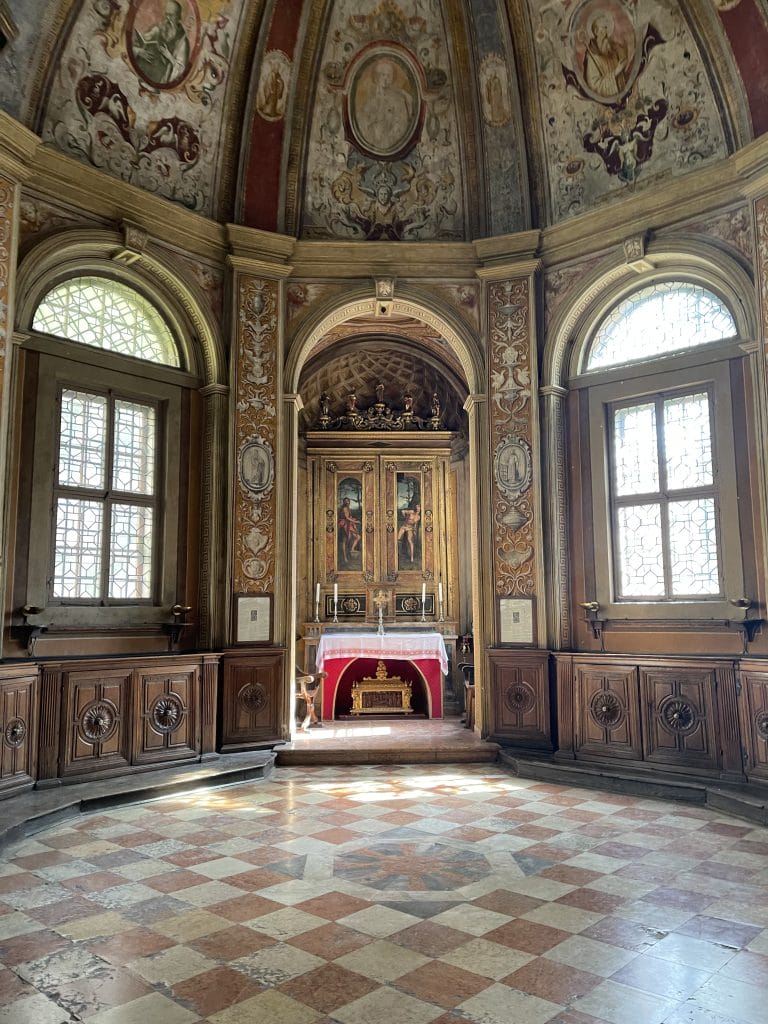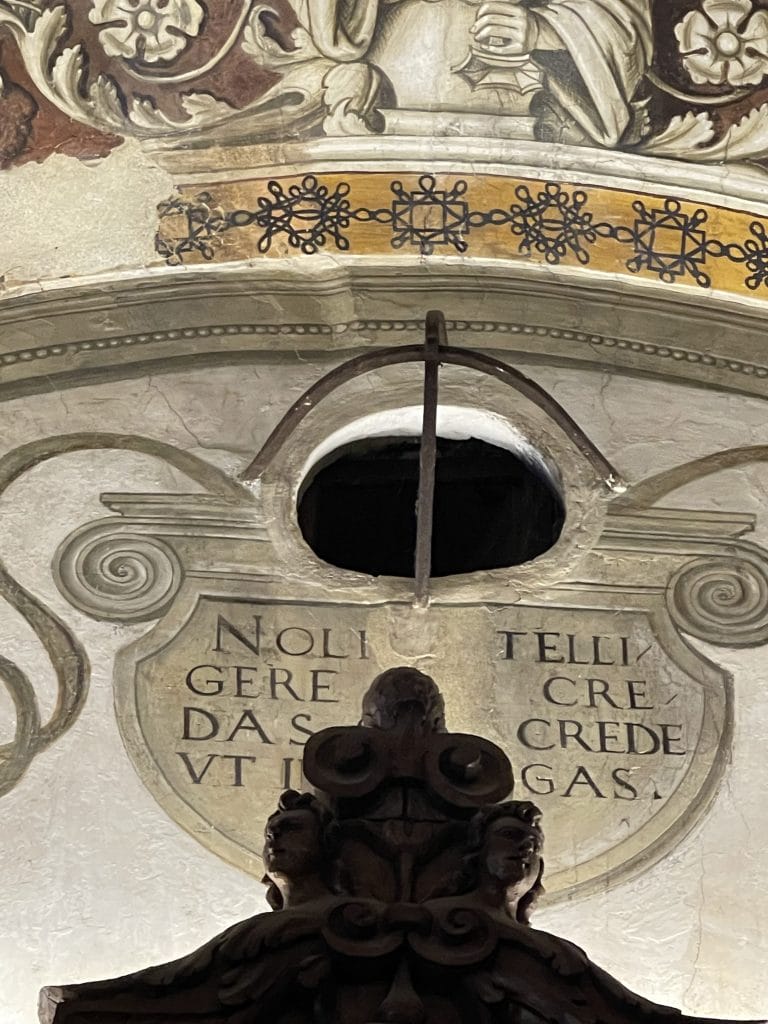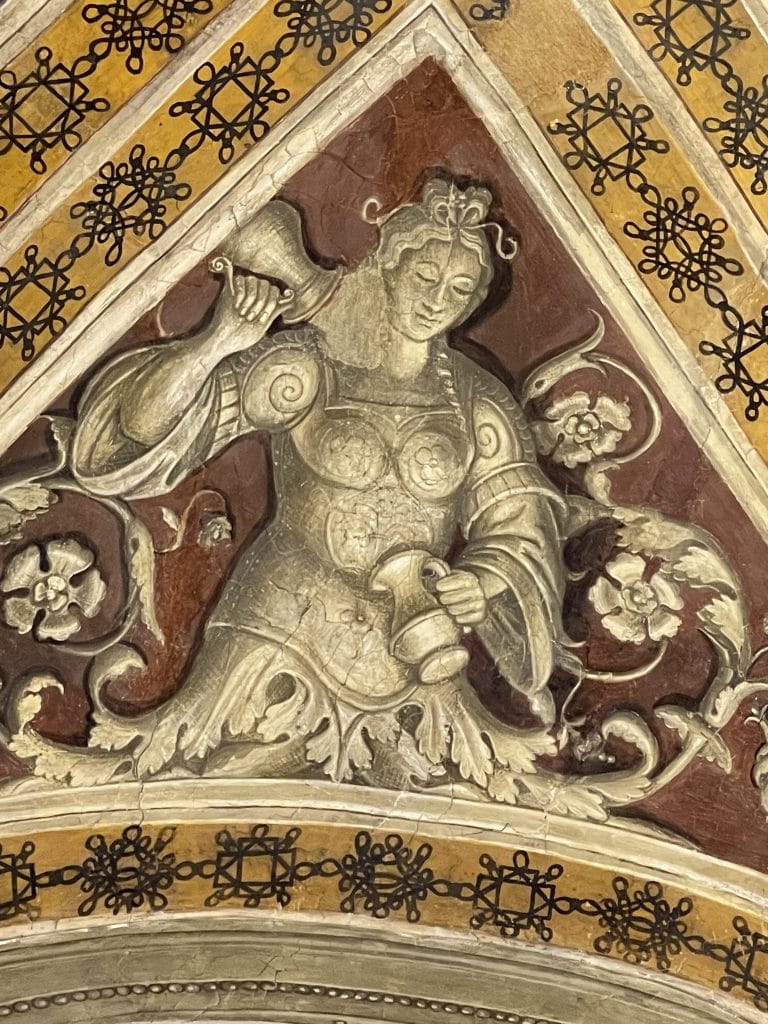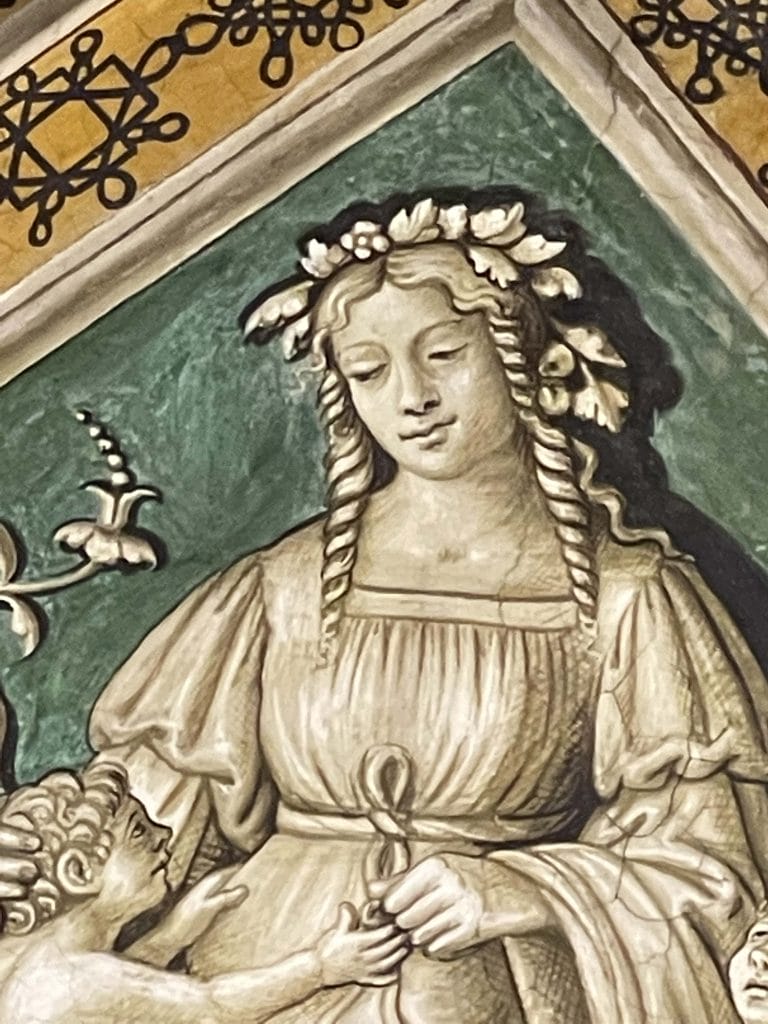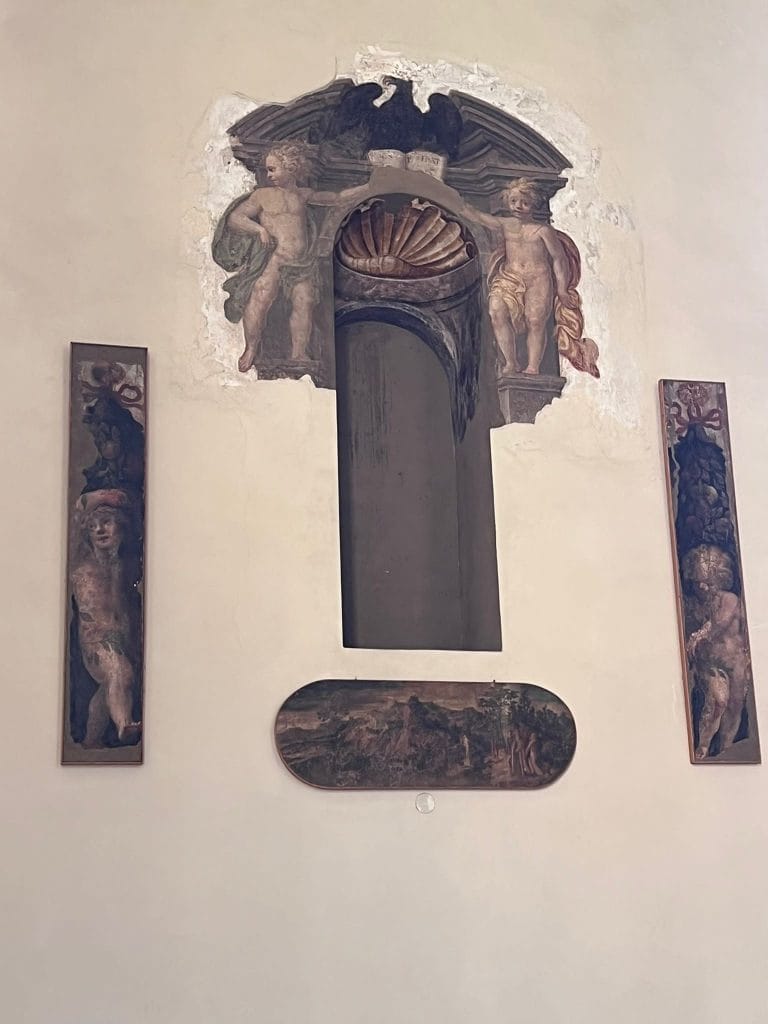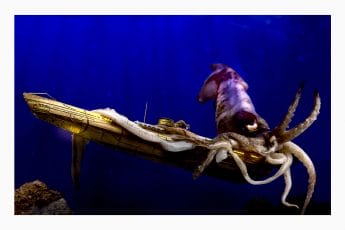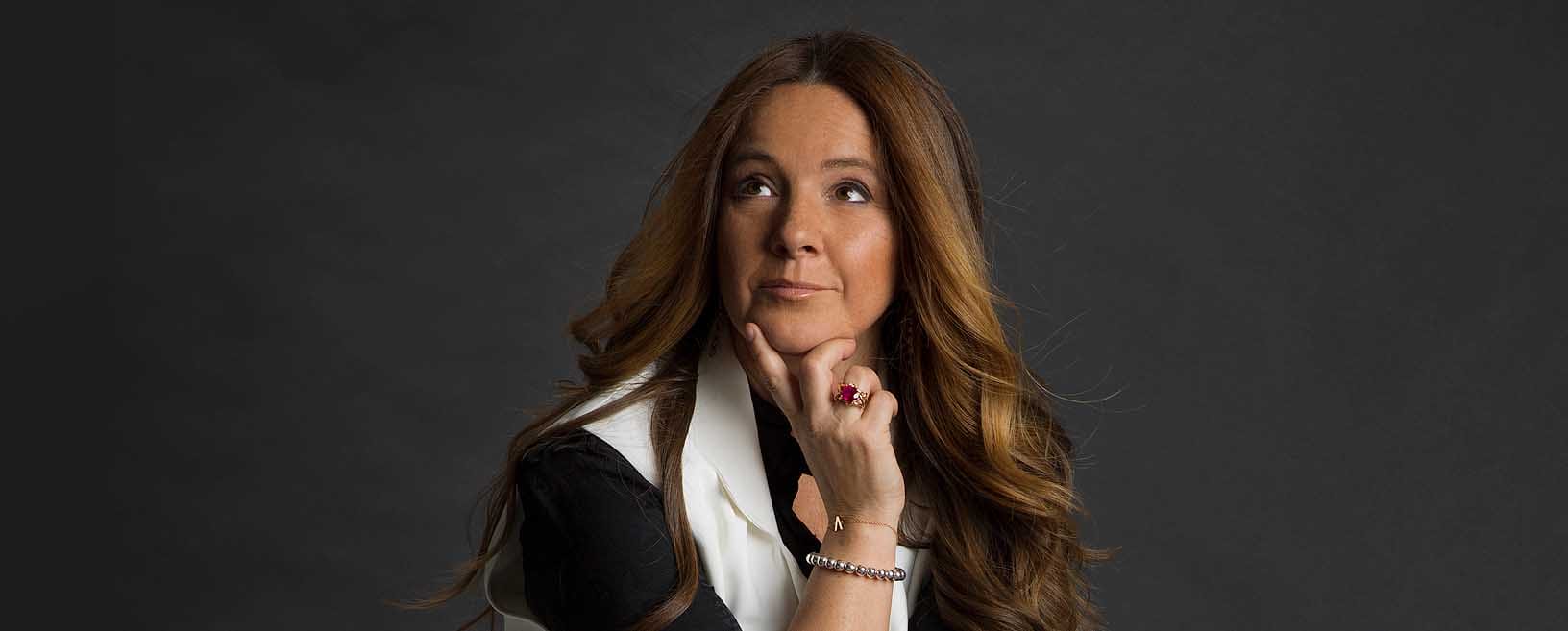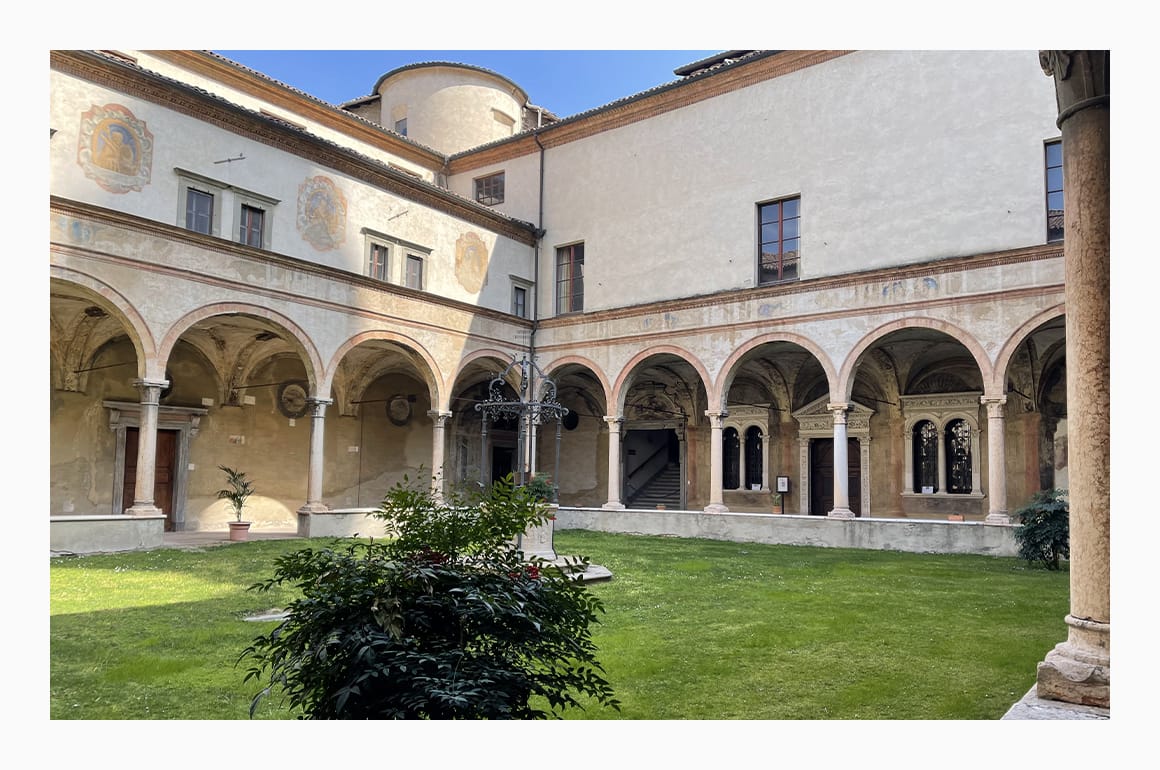

Do you know the difference between a monastery, an abbey, and a convent? Or where the famous saying “to have no say in the matter” comes from? Or why the famous Via Francigena is a historical forgery? I could narrate it to you myself, but I would rather give you some advice: it is worth hearing the story from Maurizio, one of the amazing tour guides at the Abbazia di San Giovanni Evangelista in Parma.
I have always had a predilection for places of worship, since childhood, due to the spirituality, the energy they emit as well as the mystery and curiosity of their stories.
Despite having lived in Parma for seven years now, I only recently discovered the beauty of San Giovanni, which is in the current city center, through a work appointment and the readiness of Maurizio, whom, at the end of the meeting, made himself available for a guided tour.
Originally built in 980, the abbey was damaged by a fire in 1477. Rebuilt from 1490 onwards, it is state property since 1810 and still hosts a couple of monks. It was one of the biggest abbeys in Europe.
To this day it is possible to visit, in addition to the church, also the cloisters around which the monastery revolves, the splendid Monumental Library, the Capitolo, the Sacristy, and the Refectory.
Our visit started from the Monumental Library, a magnet for the eyes, thanks to the marvelous frescoes that enrich the walls, volts, and ceilings, and that have partially substituted, throughout time, the books themselves, serving as actual instruments of visual culture through the stories represented image after image, between quotes in four languages -Latin, Hebrew, Greek and Syrian-, historical maps, religious symbols as a testimony of ecumenical dialogue that even then was deemed necessary.
Stunning is the representation of the Lepanto Battle in which it is possible to distinguish the figure of Alessandro Farnese, Duke of Parma, and Piacenza, a shrewd politician and a skillful leader that in Lepanto conquered the treasure of the Ottoman fleet.
After leaving the library with beauty still in our eyes, Maurizio leads us toward the cloisters to explore the Capitolo, a place where the monastic community still meets today to discuss and decide important themes.
The Sacristy dates back to 1540 and hosts an altar containing the relics of San Tarcisio, the protector of the “altar boys” (today known as altar servers since the role is taken on by laic members, either men or women and not by young clerics as it was traditionally done). A magical altar that through a game of levels on the pavement -undetectable to the first look- almost wraps around the visitor approaching the altar.
In the same cloister on which the Capitolo overlooks is also the access to the main Refectory, looted of its original furniture over the years, where the monks still eat their meals surrounded by glimpses of preserved frescoes, among which two are by Correggio. In the past, the rectories were three: apart from the main one, there was one dedicated to the ill, who had different food requirements compared to the monks, and one for the pilgrims, with whom the abbot would interact, at times to hear the details of their journey or -who knows- maybe to be updated on the outside world.
Once upon a time the vast area of the abbey, which also included a big garden and vegetable garden, was delimitated by the houses where the workers of the monastic complex lived. In one of these houses was born Maurizio himself, our tour guide, commander of the special forces of Folgore in the past – “pioneer of informatics” as he likes to say- and, today, amazing volunteering tour guide, also in sign of gratitude for the monks who sent him, when young and of weak health, to the colony Pio XII of Misurina, handled by Pontifical Works of Assistance. Those same stays allow Maurizio, who is seventy today, to be in great shape.
Personally, I can only thank him for the passion, narrative capacity, anecdotes, and friendliness transmitted throughout the visit. Only pity of the day…? I wanted to learn the phrases in Parmesan dialect that Maurizio used throughout the visit. According to him, I don’t stand a chance… my Venetian accent works against it. I guess it’s something I’ll have to accept!
Abbazia di San Giovanni Evangelista
Piazzale S. Giovanni, 1, 43121 Parma PR
Phone: 05211651508Mail: info@monasterosangiovanni.com
Church: open every day from 8.30 to 12.00 and from 16.00 to 19.00.
Monastery: open monday to saturday from 9.00 to 12.00; closed on thursday and sunday.
The cloisters and the library are visitable during the opening hours of the reception.
Admission is free.




